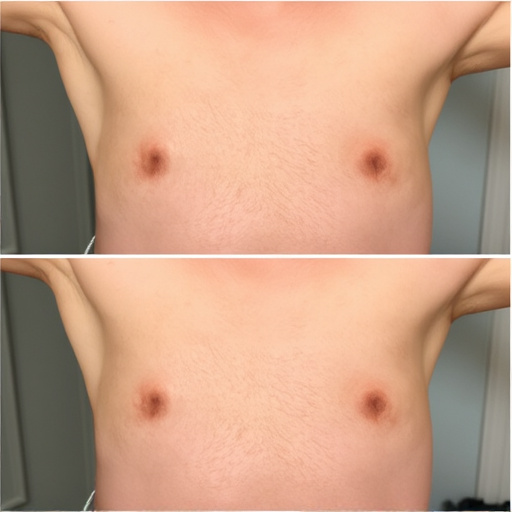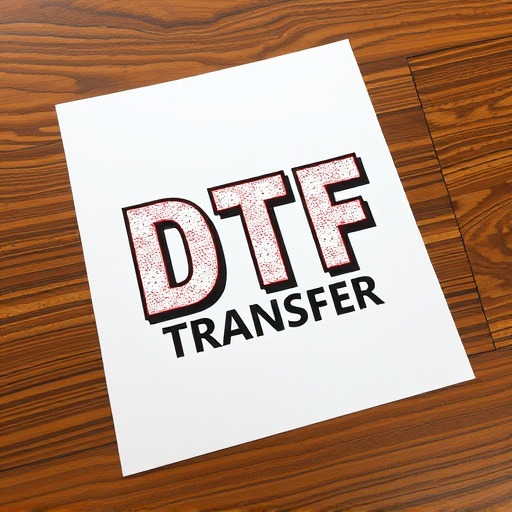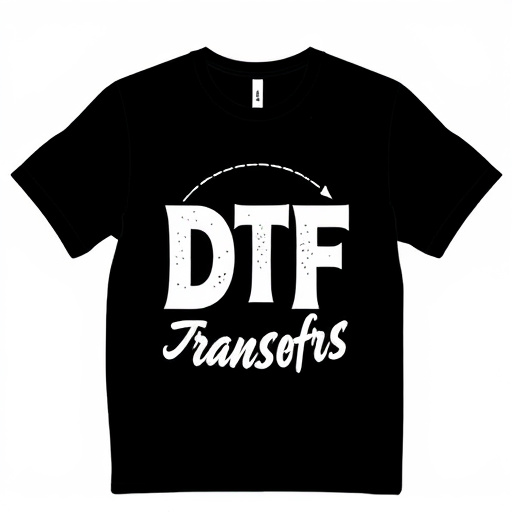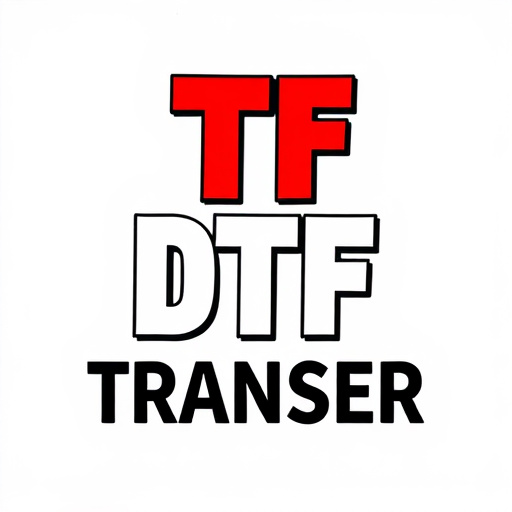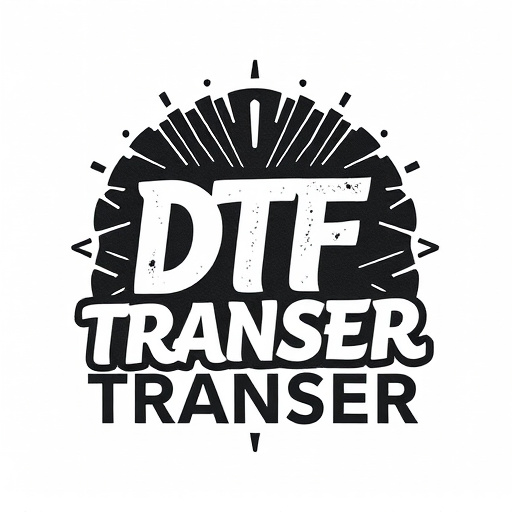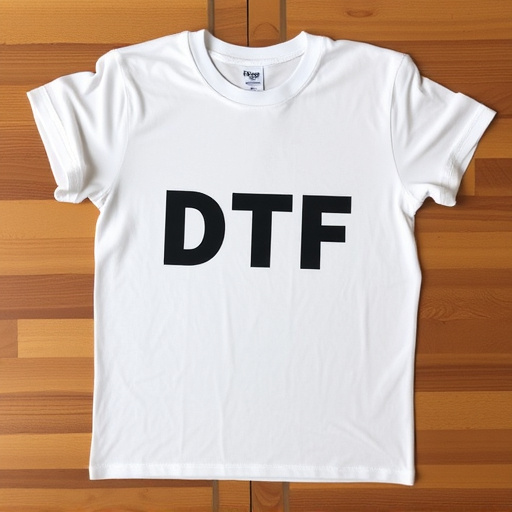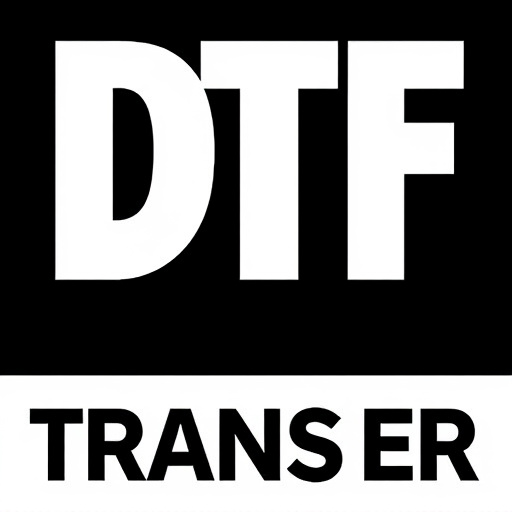Heavy-duty direct-to-film (DTF) transfers revolutionize manufacturing with cutting-edge printing on thin film materials, offering durable, cost-effective solutions for diverse industries like automotive, aerospace, and food packaging. DTF prints provide high customization, weatherproofing, and scratch resistance for both indoor and outdoor applications. They enhance product aesthetics, streamline production, and reduce maintenance costs through superior longevity and precision. Choosing the right DTF printer involves evaluating print volume, substrate variety, and desired quality, with advanced inkjet or laser/thermal transfer technologies available. Straightforward integration minimizes downtime and maximizes productivity, making DTF prints a game-changer in modern manufacturing.
“In the manufacturing sector, efficient and durable marking solutions are paramount. This is where Heavy-Duty Direct-to-Film (DTF) transfers emerge as a game-changer. This article delves into the world of DTF prints, exploring their unique benefits for manufacturing environments. From understanding the technology to choosing the right system and successful case studies, we uncover why DTF prints are revolutionizing production processes. Discover how this advanced technique enhances productivity, improves product quality, and offers unparalleled versatility in various manufacturing applications.”
- Understanding Heavy-Duty Direct-to-Film Transfers
- Benefits of DTF Prints for Manufacturing Environments
- Key Features and Advantages of Advanced DTF Technology
- Choosing the Right DTF Print System for Your Needs
- Integration and Setup: Getting Started with DTF Prints
- Case Studies: Successful Implementation of DTF Prints in Manufacturing
Understanding Heavy-Duty Direct-to-Film Transfers

Heavy-duty direct-to-film (DTF) transfers are a cutting-edge technology revolutionizing manufacturing processes. This innovative method involves printing directly onto thin film materials, offering an efficient and durable solution for various industrial applications. By eliminating the need for traditional lamination, DTF prints provide a cost-effective alternative with superior performance.
The direct application of ink to film allows for intricate designs and high-resolution images, ensuring that manufacturing labels, markings, and graphics remain visible even in demanding environments. This technology is particularly beneficial for industries requiring robust, long-lasting identifiers, such as automotive, aerospace, and food packaging sectors. Its versatility enables manufacturers to create customized, weatherproof, and scratch-resistant prints suitable for both indoor and outdoor use.
Benefits of DTF Prints for Manufacturing Environments

Direct-to-film (DTF) prints offer several advantages for manufacturing environments, revolutionizing the way companies produce and manage their resources. One of the key benefits is their durability; DTF inks are designed to withstand harsh industrial conditions, ensuring that labels and markings remain legible and intact even after prolonged exposure to chemicals, heat, or physical wear and tear. This longevity reduces the need for frequent replacements, saving manufacturing businesses time and money in the long run.
Additionally, DTF prints provide a high level of customization and flexibility. Manufacturers can quickly adapt their labeling solutions to meet changing production demands by printing on various materials, including polycarbonate, stainless steel, and aluminum. This capability is especially valuable in dynamic manufacturing settings where product designs or material specifications may evolve frequently.
Key Features and Advantages of Advanced DTF Technology

Direct-to-film (DTF) printing technology has evolved significantly, offering advanced features and advantages for manufacturing environments. One of the key benefits is its durability; DTF prints are designed to withstand harsh conditions, making them ideal for industrial applications. This technology employs high-resolution imaging and robust inks that bond directly to various materials, ensuring long-lasting performance even in challenging settings.
Additionally, DTF technology streamlines production processes by enabling fast turnaround times and precise, consistent results. It allows for the creation of complex designs with intricate details, catering to diverse manufacturing needs. With advanced DTF prints, manufacturers can achieve high-quality markings, labeling, and graphics on a wide range of surfaces, enhancing product aesthetics and functionality without compromising reliability.
Choosing the Right DTF Print System for Your Needs

When selecting a heavy-duty direct-to-film (DTF) print system, understanding your manufacturing environment’s unique requirements is paramount. Consider factors like print volume, substrate variety, and desired print quality. For instance, if you need high-speed printing for mass production, opt for systems with advanced inkjet technologies capable of rapid, precise applications. Conversely, if precision and detail are crucial, laser or thermal transfer printers might be more suitable.
Additionally, assess your workspace and integration needs. Industrial-grade DTF printers often come with robust build platforms and material handling systems to accommodate various substrate types and sizes. Ensure the system aligns with your existing infrastructure and can handle future expansions. Regularly review your production goals and choose a printer that scales with your manufacturing demands, ensuring long-term efficiency and cost-effectiveness.
Integration and Setup: Getting Started with DTF Prints

Direct-to-film (DTF) printing offers a seamless integration process for manufacturing environments, making it an efficient and versatile solution. Getting started with DTF Prints involves setting up the hardware and software to ensure smooth operations. The first step is to choose the appropriate printer model that aligns with your production needs, considering factors like print speed, material compatibility, and resolution requirements. Once selected, the physical setup includes installing the printer, loading the necessary materials, and configuring the print profiles according to your desired specifications.
During integration, it’s crucial to connect the DTF printer to your network and set up the software interface. This enables easy access to printing jobs, material management, and real-time monitoring of print performance. With a user-friendly software setup, operators can quickly learn to create and optimize prints, ensuring minimal downtime and maximizing productivity. Efficient integration and setup procedures are key advantages of DTF Prints, allowing manufacturers to embrace this technology for their production needs.
Case Studies: Successful Implementation of DTF Prints in Manufacturing

Direct-to-film (DTF) prints have successfully transformed various manufacturing environments, offering durable and precise marking solutions. Case studies highlight their efficacy in enhancing productivity and quality control. For instance, a leading automotive manufacturer adopted DTF technology to print complex part markings directly onto metal surfaces. This implementation resulted in improved readability of critical component data, streamlining assembly processes and reducing errors.
Another notable success story involves a semiconductor company that utilized DTF prints for creating intricate circuit patterns on fragile substrates. The direct-to-film approach ensured precise registration and consistent quality, meeting the industry’s stringent standards. These real-world applications demonstrate how DTF Prints can adapt to diverse manufacturing challenges, providing reliable and high-performance marking for various materials and industries.
